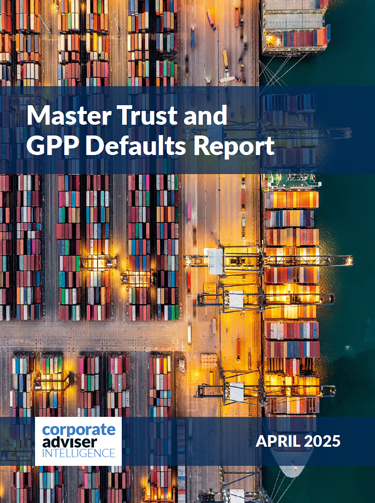Bigger is better when it comes to DC pensions, says Mike Ambery, retirement savings director, Standard Life
Here at Standard Life, part of Phoenix Group it seems like we’re a relative outlier in being strongly in favour of (most of) the reforms proposed by the Pensions Investment Review. In some senses though it is the UK pensions market that is the outlier. When you look around the world, the UK’s pension structure is unlike any of our international equivalents. Most other developed nations have a total number of occupational pension funds in the tens (rather than the thousands there are in the UK), with the likes of Canada’s eight largest public pension plans (Maple 8) having c$2tn in AUM, while in Australia the top 10 Supers account for around 48% of the A$4 trillion market. They also tend to invest more in alternative assets and have a greater bias towards their home market.
The reason for this divergence is mostly historic, principally the legacy of DB and the rapid rise of a large number of master trusts in response to automatic enrolment. The key question is whether it is the current structures are the right ones to best manage the UK’s rapidly expanding pool of DC assets. We think that whilst the current structures have served the public well, there is the opportunity to do more.
The measure that’s grabbed the most headlines and caused the greatest angst is the idea that there should be a minimum size threshold for default funds. Part of this is due to a relative lack of clarity about what should and should not be included when assessing scale (do lifestyling funds count, what if some funds are 95 per cent the same from identical componentry). These points of clarification aside, the principle is a good one.
Economies of scale are a fact of life, but even they start to level off after a while. The core advantage of consolidated mega-funds is the opportunities they will be able to invest in due to sheer scale, and that are simply not available to other smaller funds. The high returns that can be gained from private equity and infrastructure have traditionally not been accessed by pension savers in a default fund. Put simply, a fund of £50bn can use its leverage to extract better terms from fund providers or simply invest directly if the right opportunities present themselves. When operating at this kind of scale you become a sophisticated institutional market player. The types of strategies pursued by USS are a good example of where this kind of policy could lead.
Scale also helps with the classic problem of illiquid assets, the need for liquidity. The bigger you are, the better able you are to take on such assets that for smaller funds could cause an issue should they face liquidity calls. Scale can also extend to skills and capability. This can mean addressing climate considerations with increased sophistication and having dedicated expertise to help better understand complex issues such as supply chain implications and the materiality of social risks.
The push for mega-funds should also be seen in the context of the Value For Money Framework that will most likely form part of the upcoming Pensions Bill. These mega-funds will not simply be left to sit on laurels, they will be subject to even more intense scrutiny both by government and by the advisory market when helping employers review their pension provision.
This isn’t to say that there won’t be some issues with transition from the current market to the more consolidated one. Timescales needs to be realistic, and risks need to be quantified. As an industry we should not however be afraid of change that could disrupt commercial practices but will ultimately lead to a better outcome for savers.





